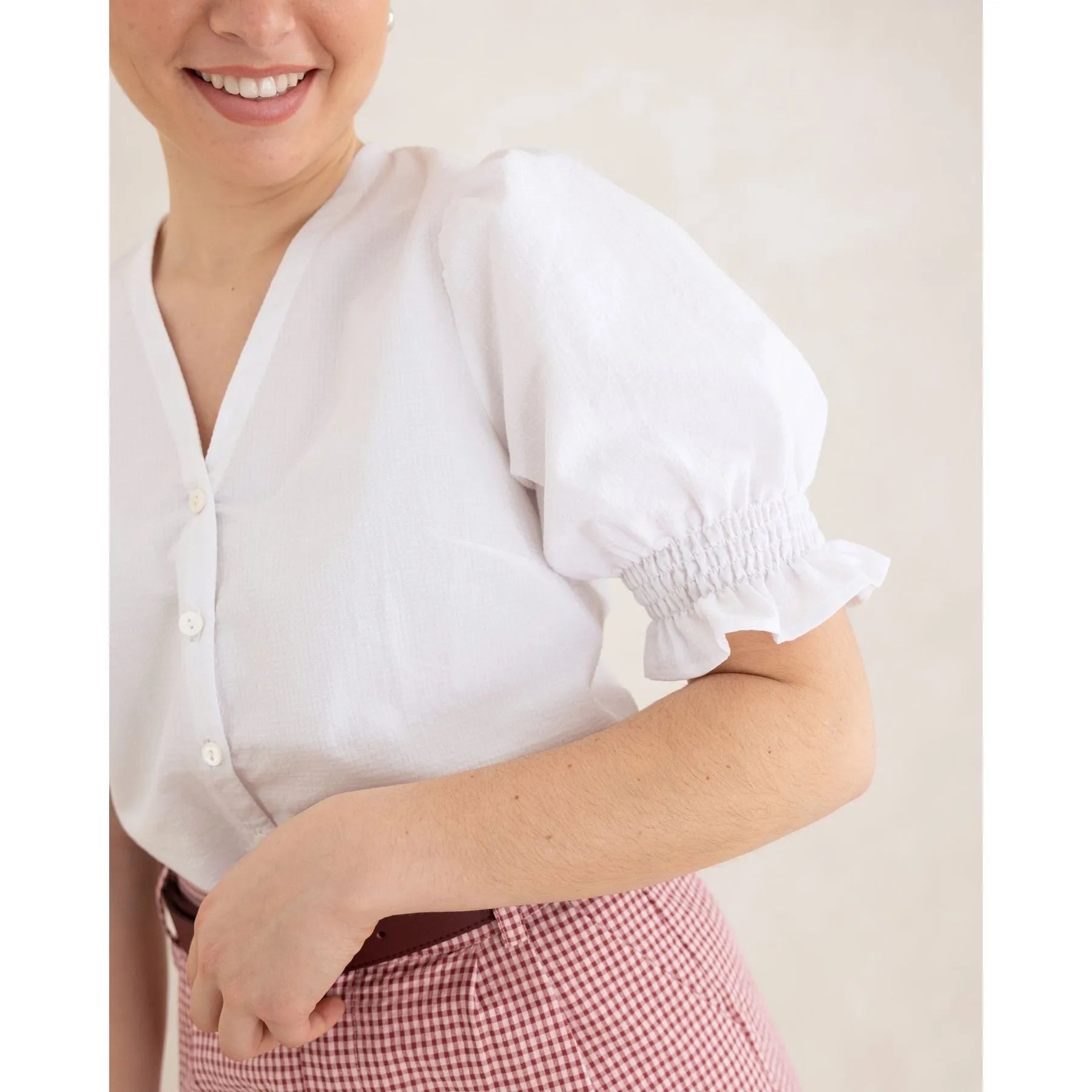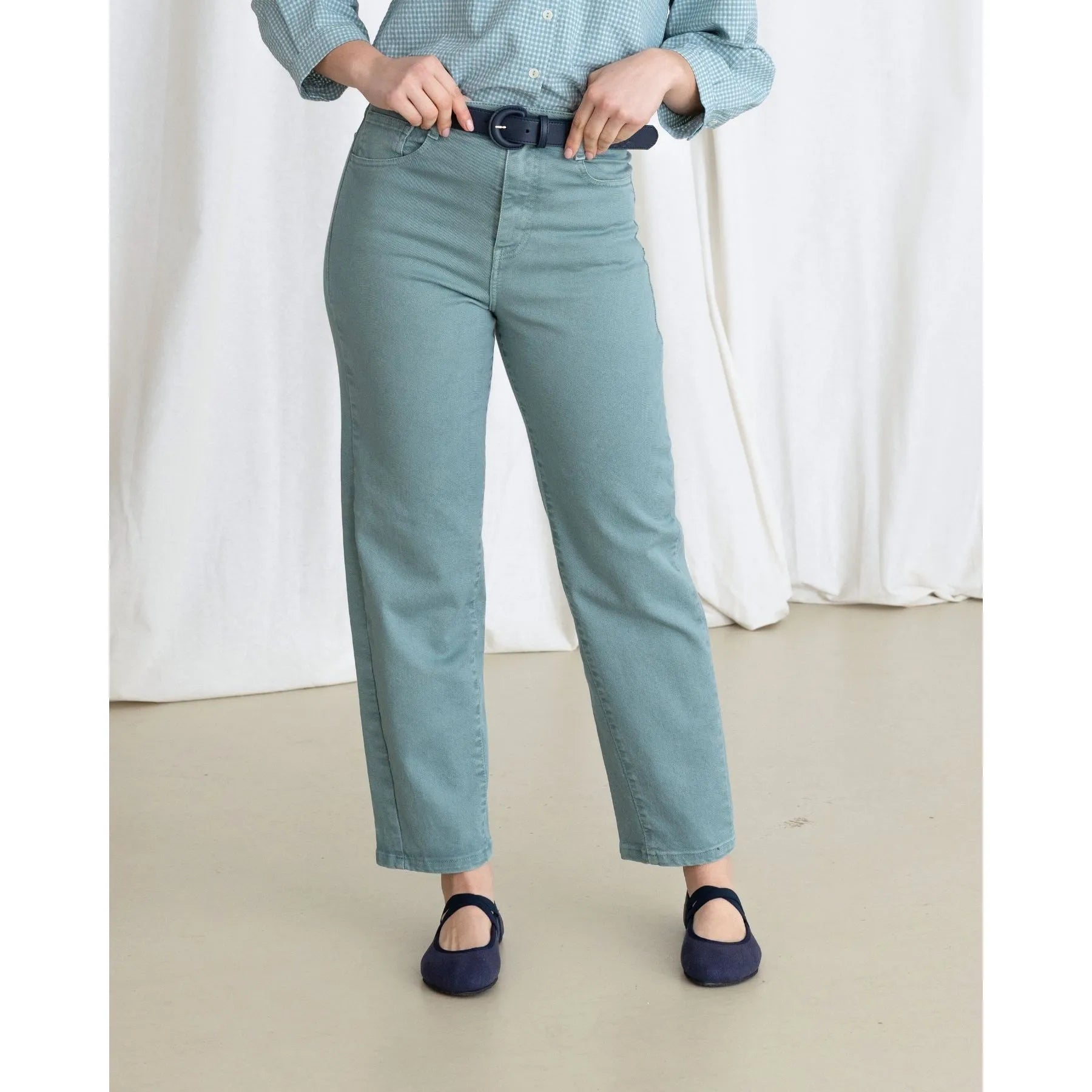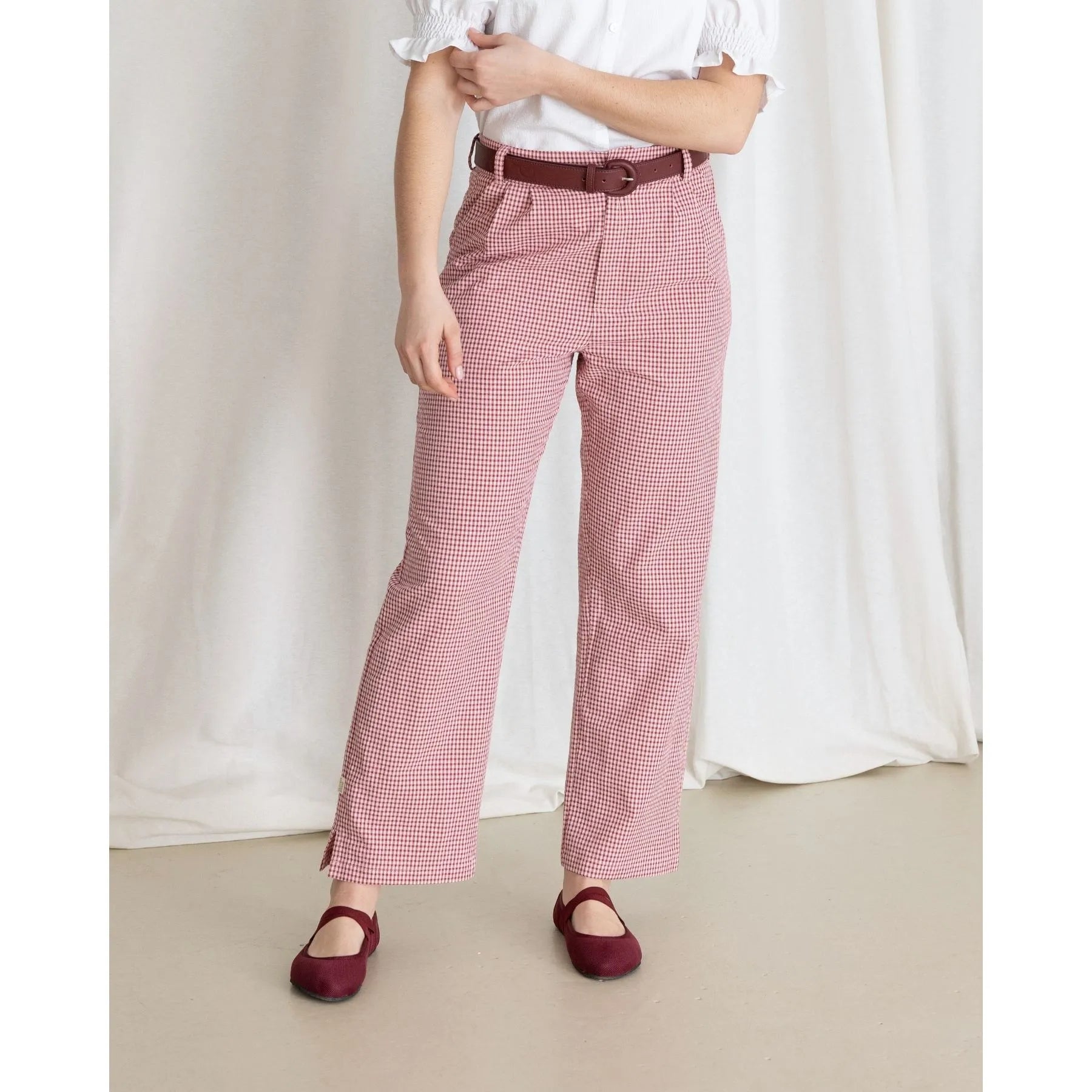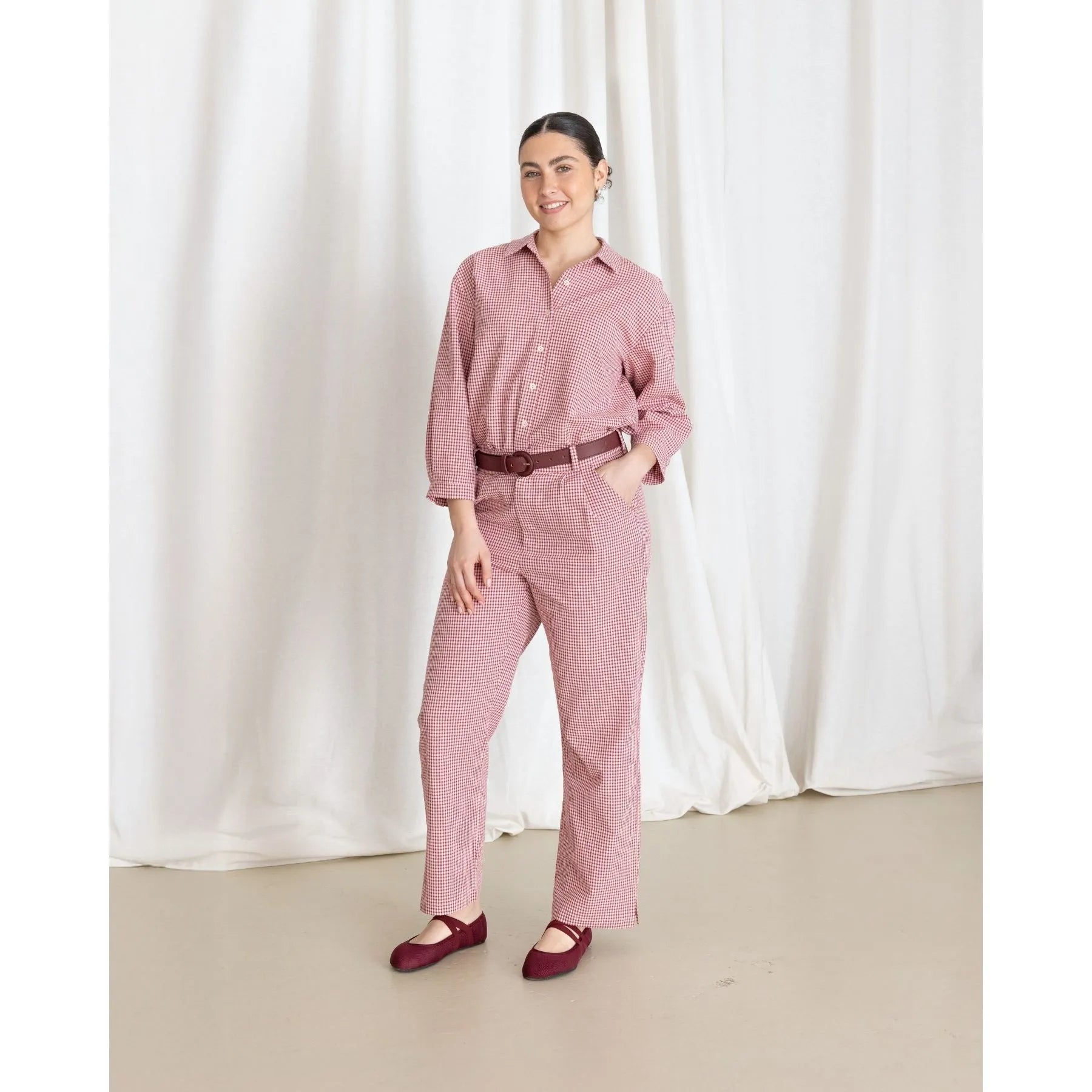Currently, due to the constant change of trends, the well-known fast fashion generates innovations every certain period of time. Before, we would see our friend wearing a new dress that we liked and we would go without haste to buy it. Today, if you bought it 1 week ago, then most likely you will not find it anymore and there is already a new collection. Advantage? We are not so clear. The process that is carried out to manufacture new garments is not always respectful. And it is that the mass production that is carried out causes serious effects on the environment and on the conditions of the workers.
In this article we tell you everything you should know about fast fashion. You already know that our mission is to inform you of everything we can so that you make your own decisions ;)
What is fast fashion or fast fashion?
Fast fashion constantly promotes the renewal of garments, mass manufacturing and low cost. This is maintained thanks to physical stores and online stores, since collections are regularly created that discontinue the previous ones and, therefore, the quality of the clothing decreases. Buying clothes today and throwing them away tomorrow is what encourages this type of textile production, turning clothes into low-quality products , which is why they are quickly thrown away, increasing the level of contamination.
And what is the life cycle of these garments? Generally, the clothes that we throw away are first tried to be sold in outlets (in some cases) and immediately afterwards they are burned , as occurs for example in the Atacama Desert, located in Chile. It is even estimated that this desert has around 100 tons of fast fashion garments that have not been purchased.
In addition, this production also has an impact on the rights of workers, since labor has to become cheaper, so that workers do not receive what they really deserve when doing their work. This means that fast fashion, in addition to causing environmental problems, is also the cause of labor (and in some cases, child) exploitation.
What is the difference between fast fashion and slow fashion?
Slow fashion is known as a response to the urgency of building a production process that stops the consequences caused by fast fashion. It focuses on promoting a method that is ethical, with social and environmental responsibility. In addition, to focus on the quality and durability of the clothing, recognizing the time that the entire process requires.
On the other hand, slow fashion seeks to create garment models that connect with the community in which it is produced. And compared to fast fashion , this model tries to extend the life of the clothes and not demand the planet's natural resources, as well as avoid pollution.
The difference between each one is basically in their process, quality and times. Fast fashion focuses on mass production and slow fashion focuses on quality rather than quantity.
Fast fashion seeks to produce ephemeral garments and constantly renew, while slow fashion slows down consumption and waste, opting for more responsible and sustainable productions.
What are the consequences of fast fashion on the environment?

Contamination
One of the most serious consequences is the impact it causes on the planet. Only 10% of the production of garments causes CO₂ worldwide , and this data corresponds only to the European Union.
The pollution that is generated not only harms the earth, it also contaminates the water, and not only due to production, since washing clothes produces around 500,000 tons of microplastics that go into the sea annually . In addition, 73% of garments year after year are incinerated or discarded, producing more and more atmospheric and terrestrial pollution.
Exploitation of natural resources
On the other hand, it is important to note that fast fashion exploits natural resources , since it is the second largest consumer of water in the world. The growth of productions also depend on a large amount of materials, for the manufacture of raw material, reducing forest, land and water resources.
Generally, the production of clothing is carried out in countries with developing roads, where environmental regulations are not strict. Which means that the residue of polluted water from large productions is disposed of in lakes or rivers . In addition, many of these waters are so toxic that they damage the ecosystem and harm people's health.
Likewise, the amount of waste generated by this type of production is enormous . The Ellen MacArthur Foundation states that just one Western family throws away around 30 kilos of clothing annually. An extremely large amount that makes us question how much clothing a citizen needs. 73% of these garments are burned or thrown away and only 12% of these are recycled and at least 1% is used to make new clothes.
Labor exploitation
Due to the low cost of each garment and its production in developing countries, it is important to note that the workers receive a meager salary, working in harmful conditions and practically more than 14 hours a day.
What brands are considered fast fashion ?
Below, we indicate fast fashion brands that you should avoid if you want to contribute to the protection of the environment, establishing responsible practices.
Shein
This brand has become very popular very quickly on social networks for offering a large number of products, which are around 500 new garments daily with very low prices. Which means that this company contributes to the practice of using and disposing.
Primark
Primark caused a similar furor a few years ago to that of Shein. This brand performs a huge rotation of products constantly and of low quality.
H&M
In 2018, this Swedish brand did not offer a living wage to 850,000 garment workers. In addition, there are many cases of workers who have been abused both physically and sexually.
On the other hand, your factory negatively affects the atmosphere due to the greenhouse gas emissions that your production generates.
Zara
Spanish brand that is part of the Inditex group. It uses recycled plastic and has a program that recycles textiles. However, it does not consider the number of resources that are allocated to the manufacture of its garments, nor has it established how to reduce the emission of greenhouse gases that it produces.
Forever 21
Investigators from the United States Department of Labor revealed that the Los Angeles-based factory offers its employees just $4 an hour, less than the minimum wage. In addition, the brand does not indicate how its products are made or where, and it is unknown if it plans to reduce the impact it generates on the environment.
This is just a small number of a long list of brands that promote fast fashion. Even the store you least believe carries out practices that contribute to the pollution of the planet and does not value the work of its employees. Always follow brands that try to be as transparent as possible throughout their entire production chain.
Characteristics of fast fashion, how to recognize it?
And you will say: And now what do I do? How do I identify fast fashion? Here are some tips for you! :)
- Observe what type of fabric has been used to make the garment. Look for the materials on the label and determine if the fabric is cheap and polluting materials.
- Low quality, disposable and cheap garments. Clothes are manufactured to be quickly replaced by new items. For example, if you see a sweater for 5 euros, think: How can it be so cheap? What has been your production chain? Is there any indication that all of the above is fulfilled?
- The brands that promote fast fashion do not use ethical or responsible methods in their factories. Also, if the label does not provide enough information about the supply stage, they may not act as ethically as they should.
- New styles are mass-produced in a short period of time, offering new garments weekly. You can tell if a brand is fast fashion by looking at the number of styles they make. If you constantly offer different clothes, it is possible that your business model is that of fast fashion.
- The prices are extremely low compared to the trends shown by the big fashion industries, such as Fashion Week in Paris. You can tell if the garment is fast fashion when it is mass-produced and its prices are low.
- The brands that produce fast fashion do not have any type of certification that guarantees that their garments are sustainable.
- Very cheap clothes, but they claim to be "sustainable" and it sounds strange, it sounds like greenwashing . We recommend you read the article.
How can we avoid fast fashion?
- Buy sustainable clothing : opt for garments made with responsible methods and that do not harm the environment, produced with organic materials and without toxic chemicals. Choose slow fashion brands like Clotsy Brand , a sustainable clothing store that manufactures its garments in Spain and Portugal. With 100% organic and environmentally friendly materials.
 Make a capsule wardrobe : establish a number of 30 to 40 basic pieces with which you can create a large number of looks throughout the year, without having to constantly buy new clothes.
Make a capsule wardrobe : establish a number of 30 to 40 basic pieces with which you can create a large number of looks throughout the year, without having to constantly buy new clothes.- Buy or trade second-hand clothes: Take advantage of clothes that still have a useful life instead of buying new items. You can even make it to your liking and use it as you prefer.
- Check the label: make sure that the clothes you buy are made with sustainable materials and not with toxic or polluting elements.
- Do not buy unnecessary clothes: Avoid consumerism and buy clothes that you really need and that you can use constantly.
Conclution
Now that you know what fast fashion is and how you can avoid it. We recommend you become aware about the clothes you buy and question the working method of your favorite brands.
Opt for a more conscious and sustainable lifestyle, acquiring sustainable fashion made in Spain , with organic materials such as organic cotton or tencel and with a responsible manufacturing process. In addition, it is important to emphasize that it is necessary to avoid consumerism and buy only extremely necessary garments and reduce to the minimum possible the practice of using and throwing away that promotes fast fashion.











Leave a comment